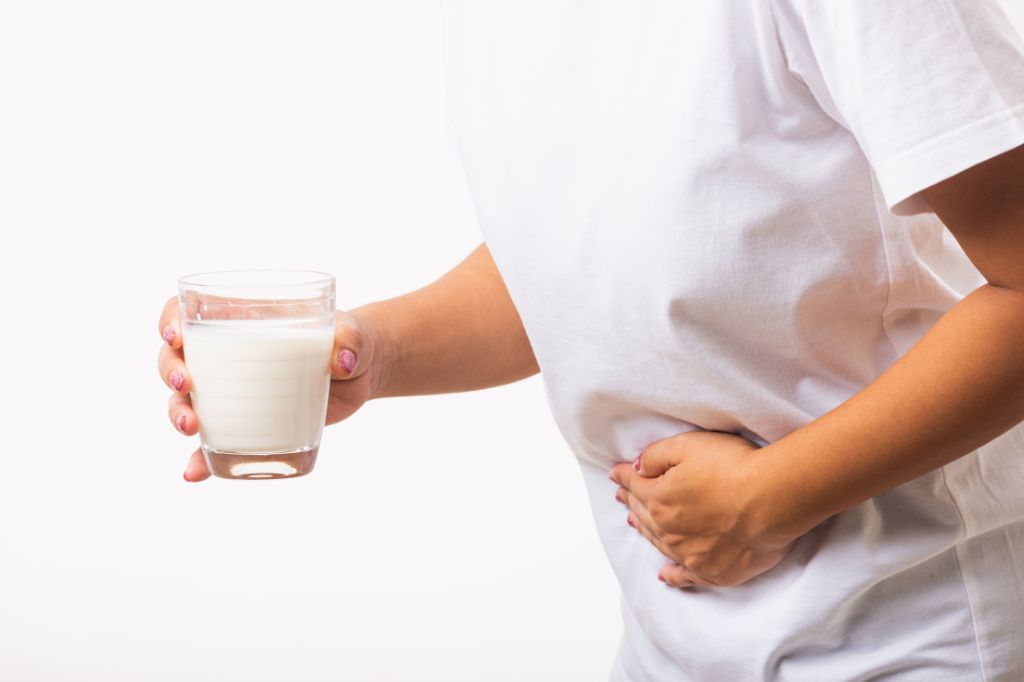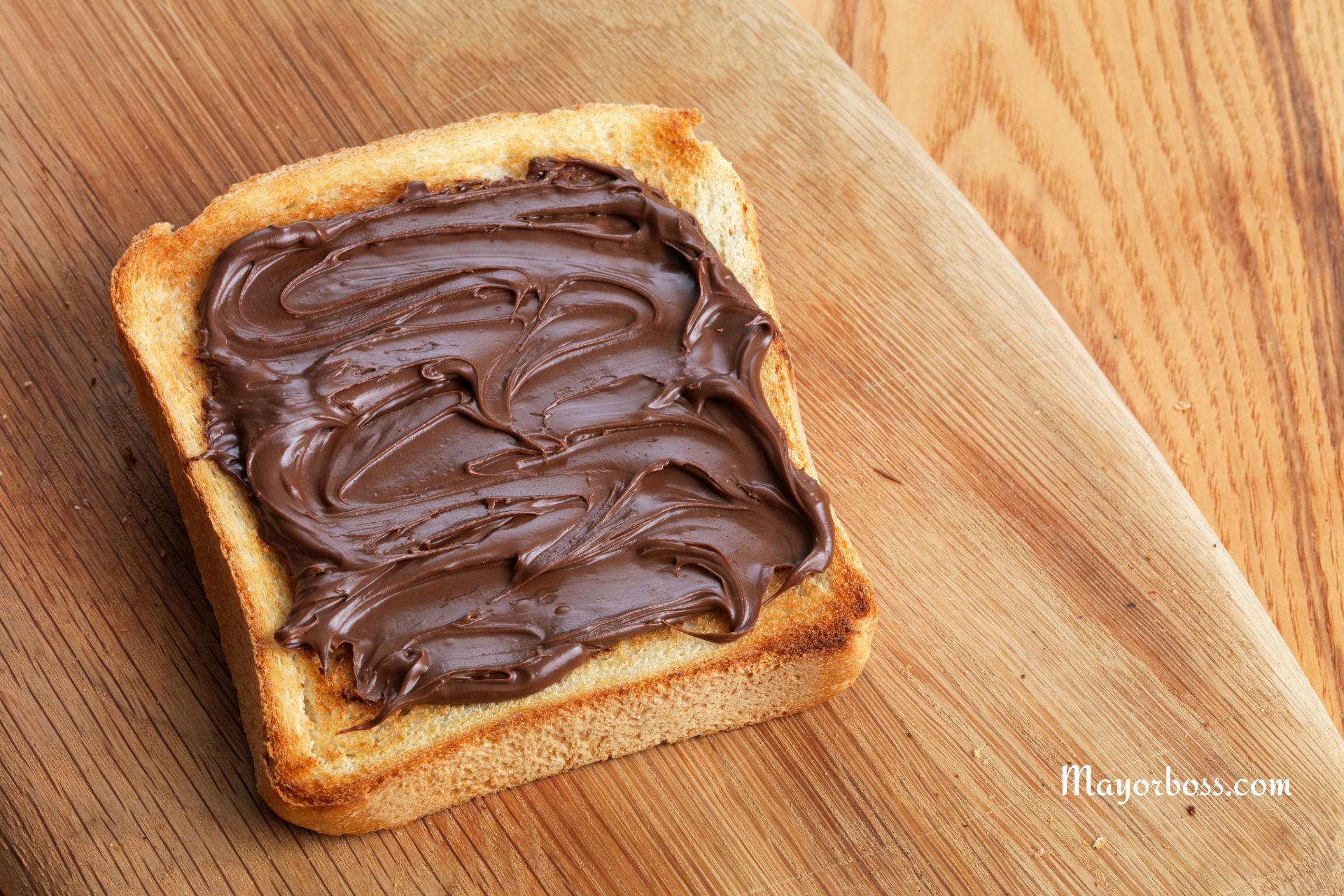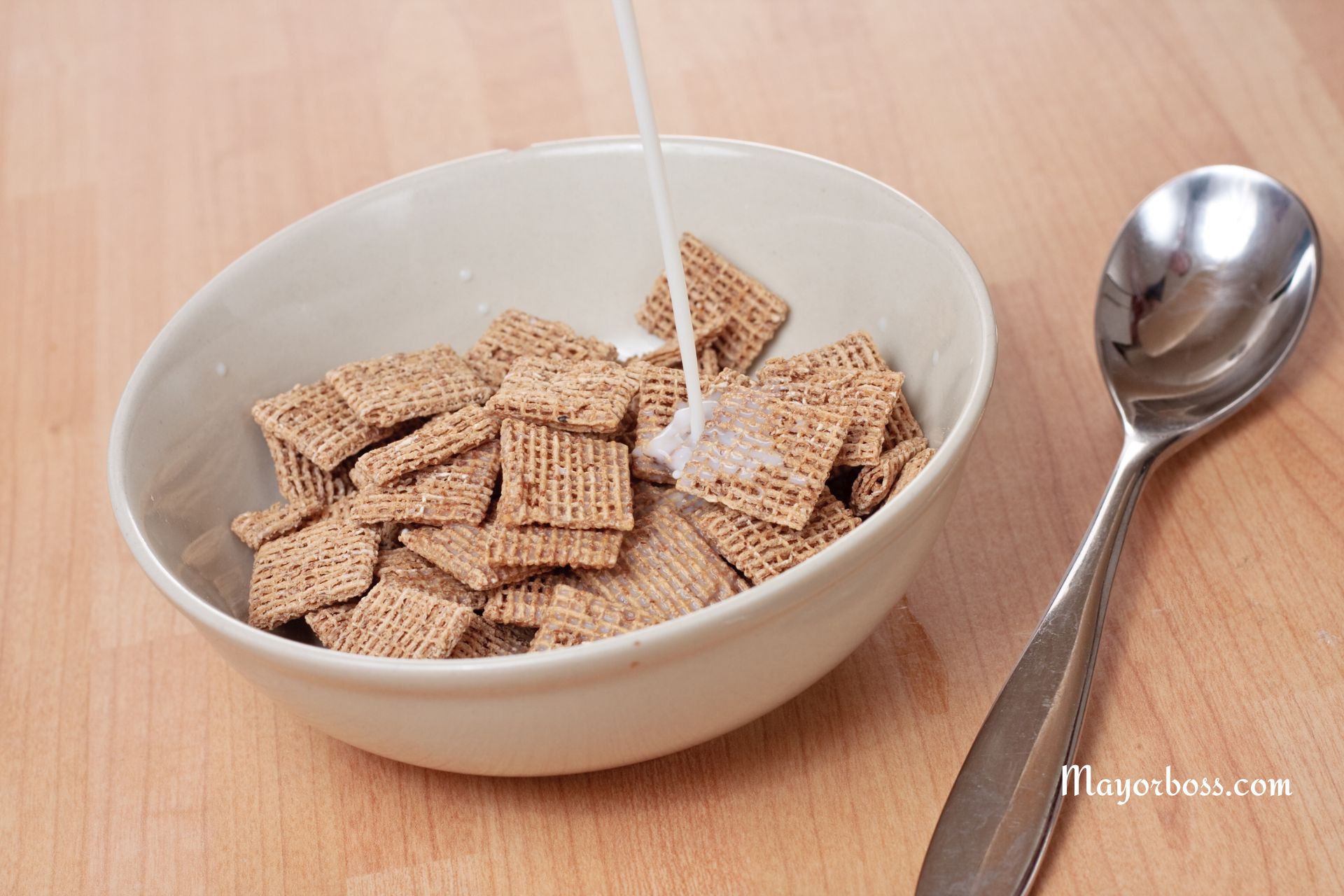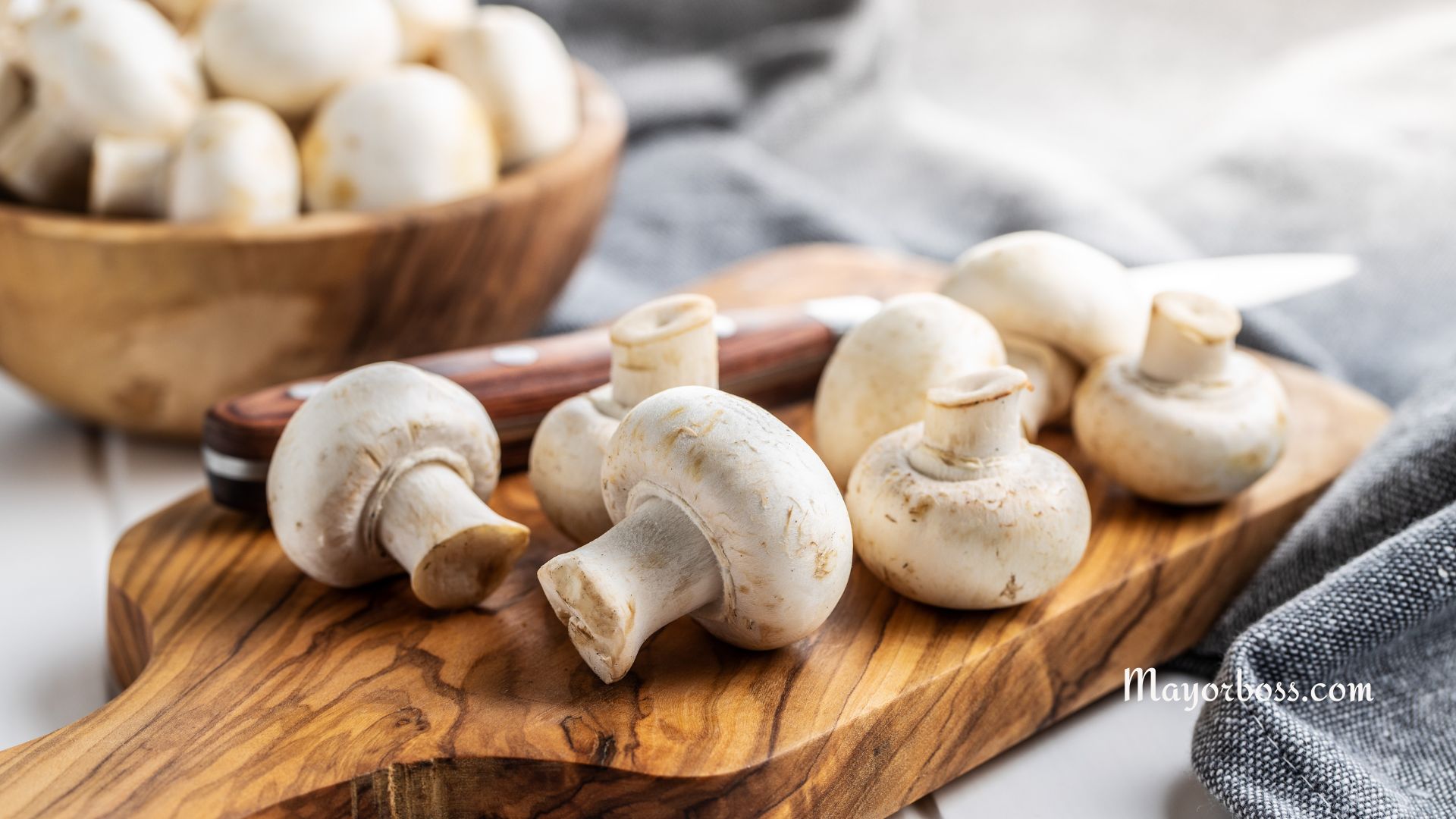4 Foods That Contain the Same Weight Loss Hormone as Ozempic
Summary: Ozempic is a medication commonly used to manage blood sugar levels in type 2 diabetes, and it has been noted for its weight loss effects. This is primarily due to its active ingredient, semaglutide, which mimics the action of a hormone called GLP-1. However, there are foods such as almonds, walnuts, salmon, and leafy green vegetables that naturally contain GLP-1 or stimulate its production, helping in weight loss without medication.
What is Ozempic and How Does it Help in Weight Loss?
Ozempic is a medication primarily used for treating type 2 diabetes. One of its surprising effects is weight loss. This medication contains semaglutide, an active ingredient that mimics the action of a hormone called GLP-1 (Glucagon-Like Peptide-1). GLP-1 works to slow down your digestion and signals your brain that you’re full, thus reducing your appetite and helping you eat less.

The Role of GLP-1 in Weight Loss
When you eat, your intestines release GLP-1. This hormone sends a message to your brain, signaling that you’ve had enough to eat. Essentially, it helps control your appetite and slows down gastric emptying. Consequently, you feel full for longer, which aids in weight loss.
Foods that Boost GLP-1 Levels
Leafy Green Vegetables
When you’re seeking natural ways to boost GLP-1, leafy green vegetables are a great place to start. Foods like spinach, kale, and Swiss chard are packed with fiber and nutrients. Fiber slows down the digestion process, thereby stimulating the release of GLP-1. Moreover, these greens are low in calories, so you can eat a lot without worrying about weight gain.
Nuts and Seeds
Almonds, walnuts, and chia seeds can have a positive impact on your weight. These nuts and seeds are rich in healthy fats and protein, which preliminary research suggests can help to digest food slowly. As a result, this slower digestion can stimulate the release of GLP-1, helping you feel full for a longer time.
Fish High in Omega-3 Fatty Acids
Fish like salmon, mackerel, and sardines are excellent sources of omega-3 fatty acids. Omega-3s are known for their anti-inflammatory properties and have also been shown to increase GLP-1 levels. When you consume these fish, you not only get the benefits of omega-3s but also encourage your body to produce more of this important hormone.
Whole Grains
Whole grains like brown rice, quinoa, and whole-wheat bread are another fantastic choice. These foods are high in complex carbohydrates and fiber. As a result, they help to slow down the digestion process, which in turn triggers the release of GLP-1. Plus, they keep you full for longer, helping you to control your appetite and make smarter food choices.
A Word of Caution
While these foods can contribute to increased GLP-1 levels, it’s essential to note that the effects may not be as potent as those achieved through medication like Ozempic. Therefore, if you have specific health concerns or are on medication, it’s advisable to consult your healthcare provider for personalized advice.






